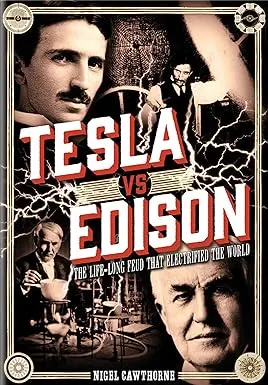In the ever-evolving landscape of human knowledge and innovation, science and technology stand as two formidable pillars shaping our modern world. While often used interchangeably, they represent distinct realms of human endeavor and exploration.
Exploring Science
Science embodies the relentless pursuit of understanding the natural world and the universe. It is the systematic study of phenomena through observation, experimentation, and analysis. Scientists, equipped with curiosity and methodology, seek to unravel the mysteries of existence, from the microscopic realm of atoms to the vast expanses of space.
The Scientific Method
At the heart of science lies the scientific method—a structured approach to inquiry that involves formulating hypotheses, conducting experiments, and drawing conclusions based on empirical evidence. This methodological rigor ensures that scientific findings are robust, reproducible, and subject to scrutiny.
Embracing Technology
In contrast, technology represents the practical application of scientific knowledge for practical purposes. It encompasses a diverse array of tools, techniques, and systems designed to solve problems, enhance productivity, and improve the human experience. From the invention of the wheel to the advent of artificial intelligence, technology has been the driving force behind human progress.
Innovations Shaping Our World
Technological innovations have permeated every aspect of modern life, revolutionizing communication, transportation, healthcare, and entertainment. From smartphones to self-driving cars, from renewable energy to space exploration, technology continues to redefine the boundaries of what is possible.
Bridging the Gap
While science and technology operate in distinct domains, they are inherently interconnected. Science fuels technological innovation by uncovering fundamental principles and pushing the boundaries of knowledge. Conversely, technology enables scientific inquiry by providing tools and methodologies for experimentation and analysis.
Collaborative Endeavors
In today's interdisciplinary landscape, collaborations between scientists and technologists have become increasingly prevalent. Fields such as biotechnology, nanotechnology, and artificial intelligence exemplify the synergy between scientific discovery and technological advancement, driving breakthroughs in medicine, materials science, and beyond.
Conclusion
In summary, while science and technology represent distinct disciplines, they are symbiotically linked in the pursuit of progress and understanding. By embracing the complementary nature of these domains, humanity stands poised to unlock new frontiers of knowledge and innovation, shaping a future limited only by our imagination.


.jpg)














0 Comments